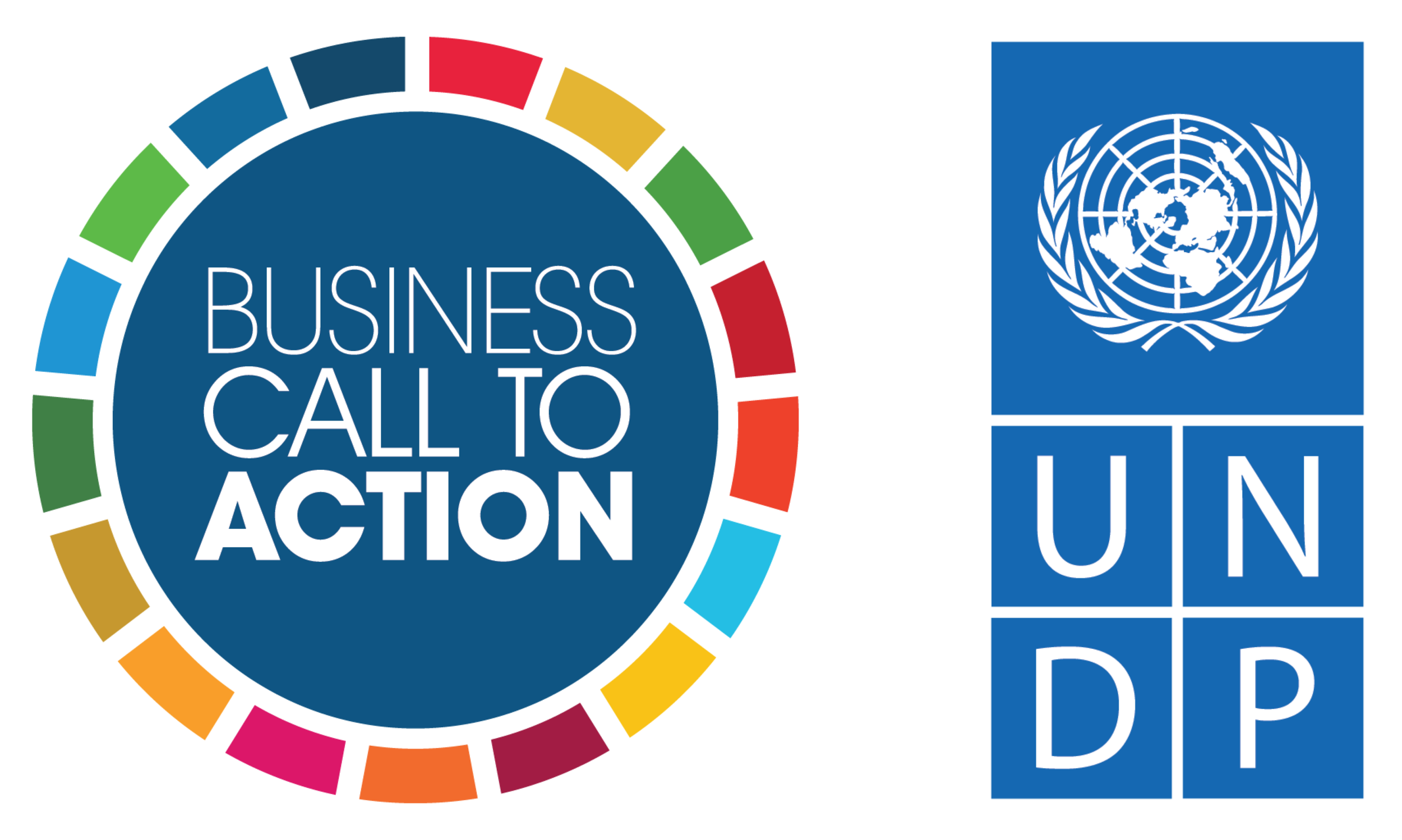Event Summary: What can Social Intrapreneurs do to really make a difference?
By Sharlene Yang, Business Call to Action
On 10 December 2013, the Business Call to Action (BCtA), in partnership with the Business Fights Poverty (BFP) and the Leadership Laboratories held a public webinar exploring how innovators within large MNCs may promote pro-poor business models. Led by moderator, Milan Samani, Director of Leadership Laboratories, the discussion invited thought leadership from two sides of the table, one from an incubator and accelerator perspective and another from a social intrapreneur working in one of the large multinational corporations.
In the international development sphere, social entrepreneurship is more commonly recognized with emerging and innovative initiatives happening frequently. On the other hand, how does one exhibit entrepreneurial spirit and create change within the established context of a larger structure and organization? What can Social Intrapreneurs do to really make a difference?
Mark Thain, Vice President of Social Innovation at Barclays, and Amit Mehra, Founder and CEO of Reuters Market Light, shared their insights, experience and recommendations for those who are trying to bring their ideas to see the light and become a reality. Remarkably, the challenges and opportunities faced by social intrapreneurs are similar to those faced by entrepreneurs working outside of an established system. Both intrapreneurs and entrepreneurs need to be able to identify opportunities, develop relationships with multiple stakeholders, and be flexible with change while being committed in the long haul to see the process through for at least beyond a couple of years.
There is a need for more innovative ideas that are both scalable and sustainable, as noted by Milan Samani, which is also what drives the concept and development of Intrapreneur Labs, a program for individuals within companies, organized by the Leadership Laboratories, Accenture, Oxford's Said School of Business and Business Fights Poverty. The program takes a group of emerging intrapreneurs and provides them with training, education, support network and community for three days, and then provides ongoing support to these intrapreneurs to allow the space for them to make their ideas into a reality. Milan also remarked that the best part is meeting people who are deeply inspirational, humble, and embody leadership that sees opportunities. Similarly, Mark Thain who heads up Social Innovation Facility at Barclays is quite instrumental and dedicated to finding and funding business ideas within Barclays that are also aligned with business models driven by social impact and innovation. Mark shared about a financial inclusion program and community savings group, which increases the individual savings substantially in developing or underdeveloped economies, as a part of the 12 investments in the portfolio. The question he asks is, How can we have more impact here with a sustainable solution?
While working at Reuters, Amit Mehra comes across a fateful incident when the idea was born for Reuters Market Light, taking him on a whirlwind journey continuing to this day. Reuters Market Light provides personalized agricultural information via mobile technology to farmers at a low cost with 1.3 million unique subscribers to date in an estimated 50,000 villages across rural India. With content operations at the heart of Reuters, and not necessarily experience with farming or mobile phones in India, Amit set out to convert the idea into a business opportunity with the concept that if Reuters has worked globally in financial markets, perhaps it can also succeed in agricultural markets with social impact and business opportunity.
Some key insights through Amit's experience include meeting with multiple stakeholders and building a business model that sustains in the long run. Both Amit and Mark agreed that long-term thinking is required, with consideration given to the idea's social impact, business value, scalability, and strategic alignment with business. It is important to develop a series of criteria and investment structure, especially identifying ideas that are creating wealth more of a business endeavor rather than charitable contribution and representing untapped markets.
Driving innovation from the different approaches to social intrapreneurship also requires resilience and learning from failures within a large company that may have its own set of processes, ecosystems, platforms, priorities and more. It is not for the fainthearted as there can be tremendous external and internal challenges faced by social intrapreneurs. Intrapreneurs must think carefully about their operating and business model, value delivered of their products and/or services, and it takes a long time to refine these aspects and gather the right mixture of people, skills and resources. Shorter ventures of less than 2-3 years did not go very far so it is good to plan and sustain for a longer duration. Assumptions during planning and development may also be proven wrong during launch and implementation phases. Commitment to funding by the larger organization is also very significant as is continual conversations and building relationships with key stakeholders and support from decision makers, as well as educating different audiences. Sometimes an entrepreneurial spirit can also be stifled but the intrapreneur must find a way or else, the idea would not see the light of the day. Perseverance is key to seeing ideas come to fruition; many intrapreneurs are driven by personal passion and strong belief in their ideas.
Amit shared about showing, and not telling as it develops a stronger connection with the customer. Milan emphasizes this point by saying that people know when something is of value to them and a social intrapreneur needs to sell the idea to the customers, which can present a fundamental business challenge. It takes money and time to educate and let the potential customers see the value driven from the product and/or service. It can take several years for customer behavior to change and to develop ecosystems, but what's inherently important to this process is a commitment to the individual starting with leadership and people that see opportunities, finding ways to make ideas happen, and persevering despite the challenges.
Missed the webinar? View the video below for full discussion.
WEBINAR RECORDING:

